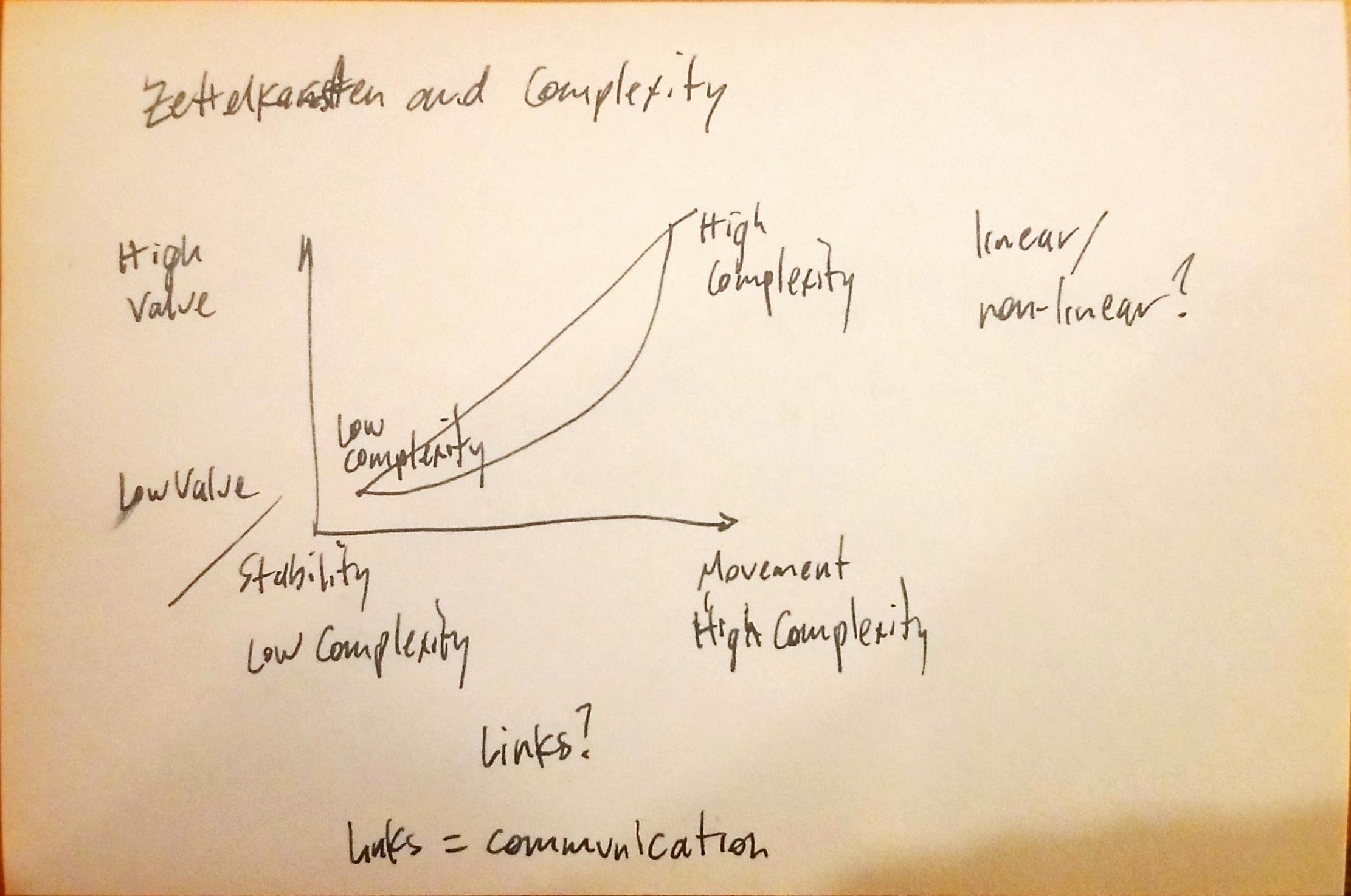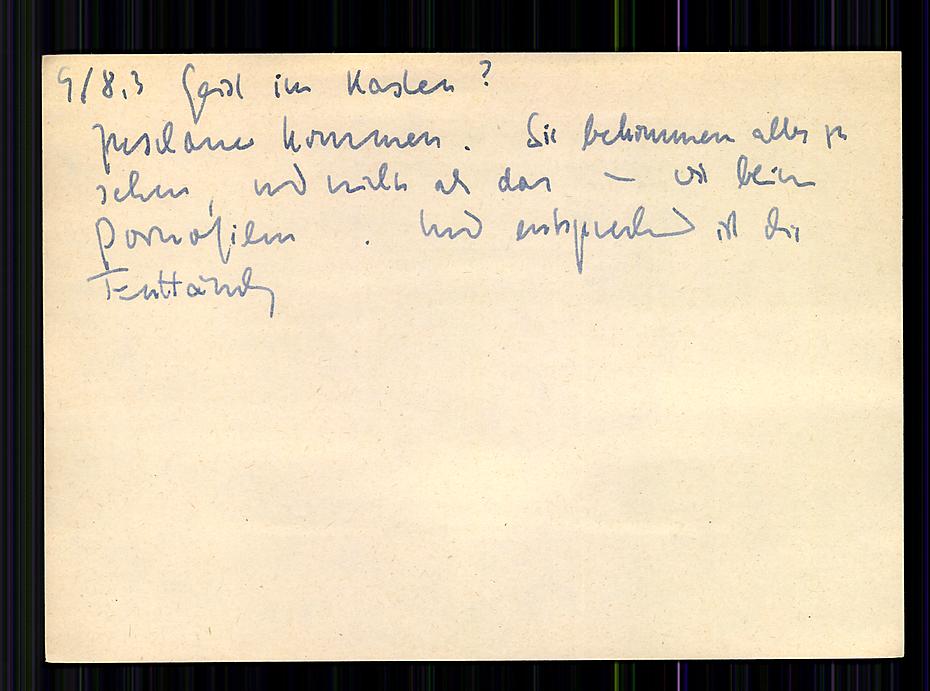Do folgezettel in combination with an index help to prevent over-indexing behaviors? Or the scaling problem of categorization in a personal knowledge management space?
Where do subject headings within a zettelkasten dovetail with the index? Where do they help relieve the idea of heavy indexing or tagging? How are the neighborhoods of ideas involved in keeping a sense of closeness while still allowing density of ideas and information?
Having digital search views into small portions of neighborhoods like gxabbo suggested can be a fantastic affordance.
see: https://hypothes.is/a/W2vqGLYxEe2qredYNyNu1A
For example, consider an anthropology student who intends to spend a lifetime in the subject and its many sub-areas. If they begin smartly tagging things with anthropology as they start, eventually the value of the category, any tags, or ideas within their index will eventually grow without bound to the point that the meaning or value as a search affordance within their zettelkasten (digital or analog) will be utterly useless. Let's say they fix part of the issue by sub-categorizing pieces into cultural anthropology, biological anthropology, linguistic anthropology, archaeology, etc. This problem is fine while they're in undergraduate or graduate school for a bit, but eventually as they specialize, these areas too will become overwhelming in terms of search and the search results. This problem can continue ad-infinitum for areas and sub areas. So how can one solve it?
Is a living and concatenating index the solution? The index can have anthropology with sub-areas listed with pointers to the beginnings of threads of thought in these areas which will eventually create neighborhoods of these related ideas.
The solution is far easier when the ideas are done top-down after-the-fact like in the Dewey Decimal System when the broad areas are preknown and pre-delineated. But in a Luhmann-esque zettelkasten, things grow from the bottom up and thus present different difficulties from a scaling up perspective.
How do we classify first, second, and third order effects which emerge out of the complexity of a zettelkasten?
- Sparse indexing can be a useful long term affordance in the second or third order space.
- Combinatorial creativity and ideas of serendipity emerge out of at least the third order.
- Using ZK for writing is a second order affordance
- Storage is a first order affordance
- Memory is a first order affordance (related to storage)
- Productivity is a second+ order (because solely spending the time to save and store ideas is a drag at the first order and doesn't show value until retrieval at a later date).
- Poor organization can be non-affordance or deterrent which results in a scrap heap
- lack of a reason why can be a non-affordance or deterrence as well
- cross reference this list and continue on with other pieces and affordances

 Niklas Luhmann, Zettelkasten II,
Niklas Luhmann, Zettelkasten II,